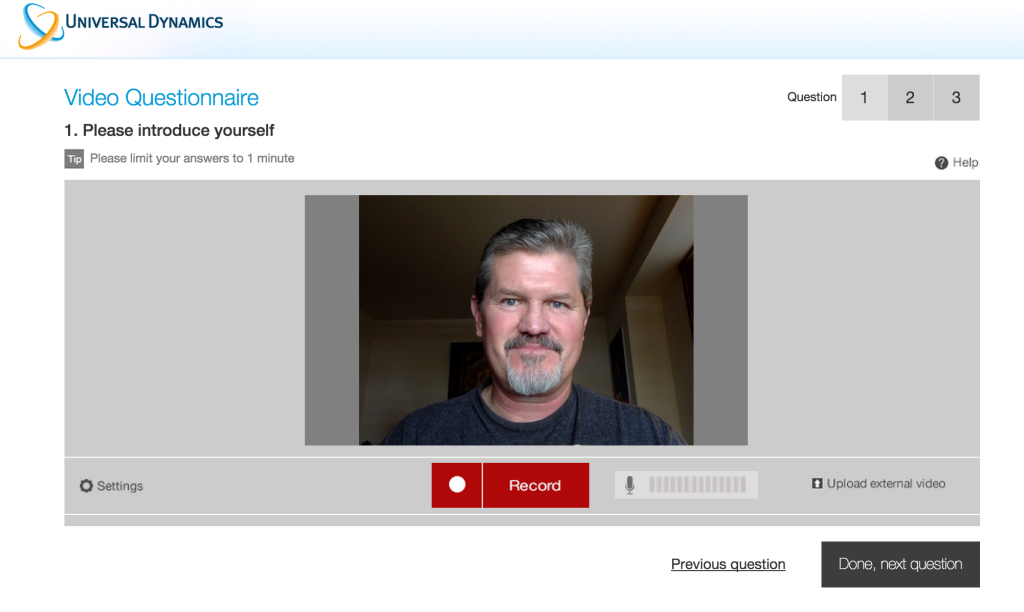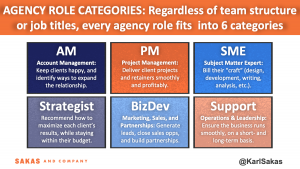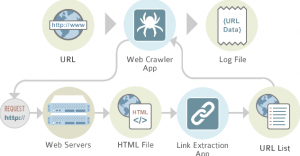
Image courtesy of PeopleFluent
Over the past decade companies have been slowly warming to video-enabled recruiting options to screen candidates from anywhere with an Internet connection. Many job seekers have also recorded their own “job experience” videos that they post online on blogs and YouTube to capture the attention of recruiters and hiring managers.
Seventy-eight percent of online adults watch video, according to a recent Pew Internet Research report, and the impact of video in the workplace and specifically on recruiting continues to increase exponentially. According to the forthcoming 2014 Candidate Experience Awards Report, which includes responses from nearly 150 companies and over 95,000 candidates, video interviewing is used by over 65 percent of talent acquisition teams; the remainder are actively considering video options in 2015.
Video-enabled recruiting embedded in talent acquisition workflows and integrated into talent acquisition systems lets recruiters and hiring managers consider candidates that they otherwise might have passed on due to location, and much earlier in the screening process. Recorded video interviews are combined with questionnaires, assessments, and even scenario-based exercises for a more comprehensive review of core skills, communication skills, and cultural fit. This process gives employers talent pools that recruiters draw upon as needs emerge, especially effective in high volume settings with repetitive hiring needs (e.g., Retail, Healthcare).
Video-enabled recruiting allows candidates to miss fewer days at their current job during an interview process. With today’s video technology, candidates can interview conveniently – from a mobile device or a laptop – and recording their answers to preset questions from the companies interested in them. It doesn’t matter where the company is; they could be across the street or around the globe.
As a result, recorded video interviews are proven to save employers tens of thousands of dollars on candidate travel expenses each year while dramatically reducing time-to-hire and improving quality of hire. But the competitive advantage that video technology allows goes beyond recorded video interviewing (also known as asynchronous video interviewing). Video can also be used to improve employment branding, candidate attraction, and recruiter and hiring manager performance. In addition, it is especially effective in optimizing onboarding processes.
In fact, according to recent Bersin by Deloitte research bulletin titled The Next Generation of Video Technology in Talent Acquisition, which underscores all of the above with specific examples of cost and time savings, video is becoming more commonplace in talent acquisition. The bulletin’s cited applications include video job descriptions, video cover letters, and video onboarding.
Organizations look for every possible “unfair advantage” today to attract, retain and continuously engage the best candidates – with video playing a definitive role in today’s talent acquisition disruption. Most analyst research firms agree that video-enabled recruiting continues to be adopted in the enterprise.
Additional Bersin by Deloitte research published in Talent Acquisition Systems 2014: The Definitive Guide to Hiring Management Software reports that new applications of recruiting and onboarding technology are increasingly becoming more widespread including:
- Video use in applying and interviewing
- Video onboarding, commencing immediately after job acceptance
- Position “marketing” that’s more engaging than simply posting a position
- Employment branding that portrays the corporate culture authentically
So, if you’re still scratching your head as to how video can help your talent acquisition efforts, here are three reasons why video-enabled recruiting gives your company an unfair advantage:
- Recorded Video Questionnaires. Video is an incredibly powerful way for job seekers to “show” themselves to your organization. Recorded video questionnaires aren’t a replacement for the traditional interview. They are a powerful tool for earlier stages of the talent acquisition screening process, giving talented job seekers the platform they need to share their ideas and demonstrate how they’ll be a great part of your team.
- Video-Enabled Recruiting And Onboarding. A video-enabled recruiting solution should also let you easily create company overview videos, “day-in-the-life” workplace culture videos, hiring manager videos, and other job-related videos, and include them on specific job postings and other pages on your career sites. Plus, a powerful onboarding system that welcomes new employees to your company with video can be an integral part of your talent acquisition solution.
- Integrated Collaborative Video. Many companies struggle with tools that offer poor user experiences for recruiters and hiring managers. This includes cumbersome functionality when opening requisitions, screening candidates, scheduling interviews and conducting them. Having a collaborative video platform fully integrated into your recruiting system will give you the screening edge you’ll need to succeed, while still leveraging any video partners you’re working with.
In an improving economic climate that increases competition for the best people, progressive organizations seek new ways to engage and screen candidates earlier, communicate their unique employment brand and enhance the hiring experience for everyone. Recruiters demand ways to engage their hiring managers and improve the overall candidate screening process.
The right talent acquisition solution that has embedded video-enabled recruiting and collaborative communication tools can “amplify” all the essential recruiting activities and experiences for candidates, recruiters and hiring managers, improving the overall speed and quality of hiring.
Now that’s an unfair advantage.
(236)
Report Post





